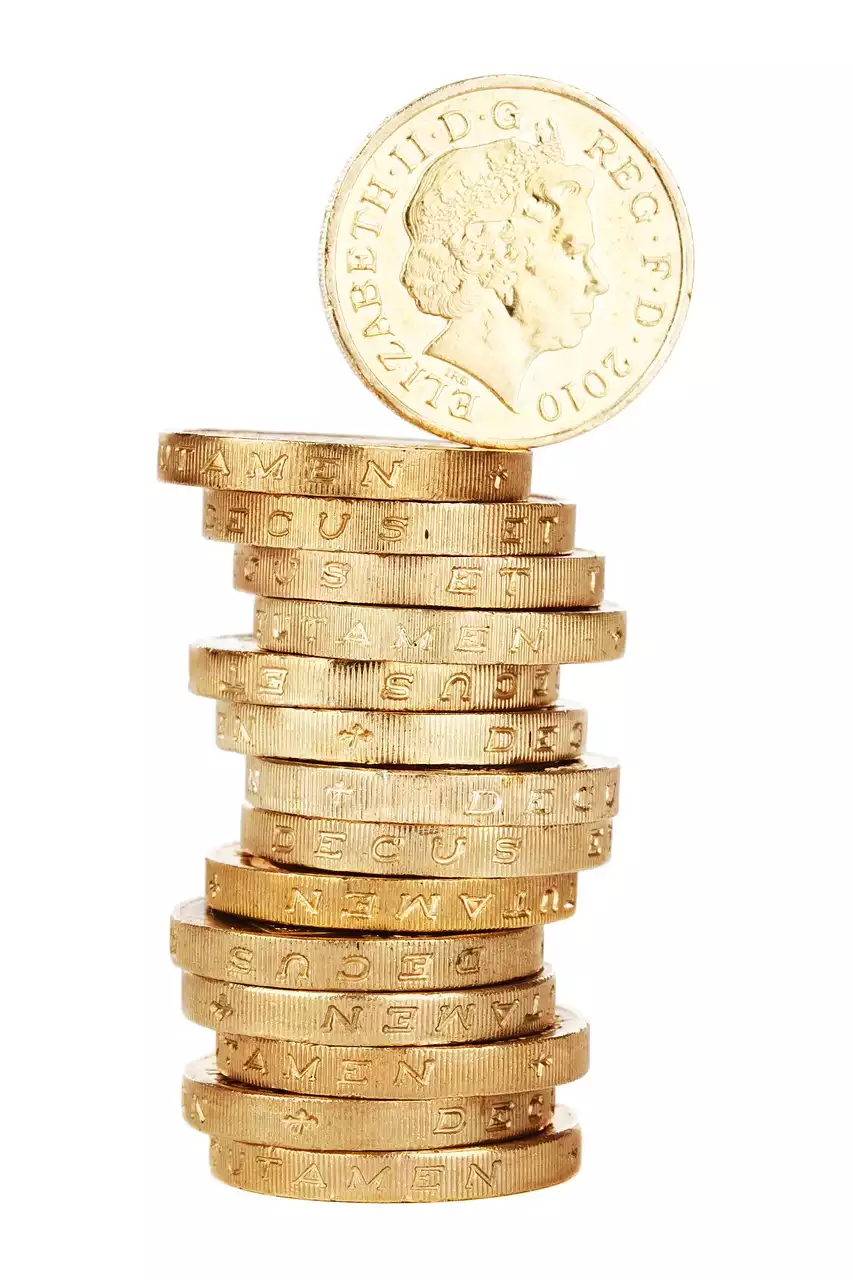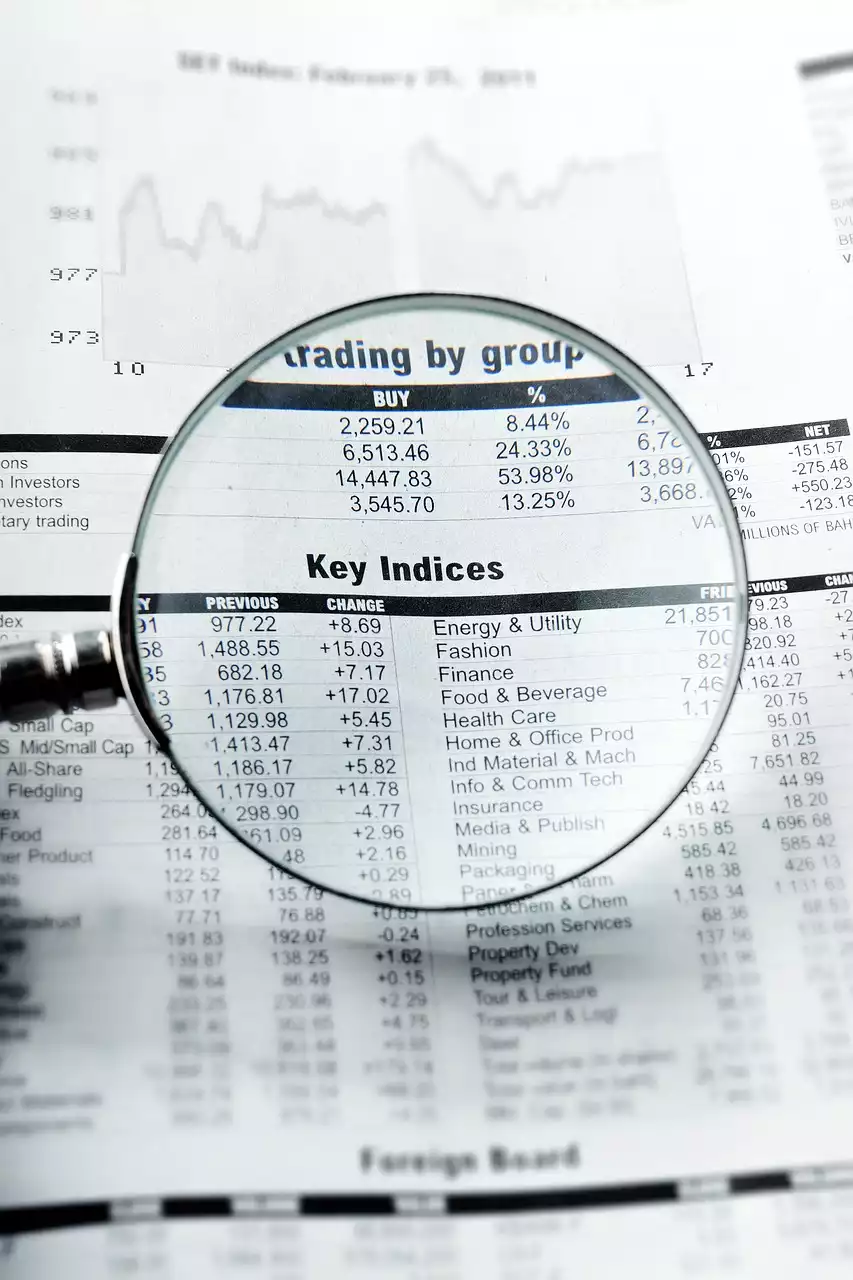What is GBP/USD?
GBP/USD is a foreign exchange pair that is used to trade GBP against USD. This means that investors who buy this pair are buying GBP and selling USD, whereas those who sell this pair are selling GBP and buying USD. The GBP/USD pair is the most heavily traded pair in the world. Trading this pair means that you’re trading the Pound against the U.S. Dollar. This can be an exciting way to trade, as there’s a lot of action in this market. It’s also one of the most actively traded pairs, meaning it has a lot of liquidity. This makes it easier to buy and sell this pair, which can be a huge advantage. Although the GBP/USD pair is typically a trading pair, you can also use it as a long-term investment.
Factors that influence the GBP/USD exchange rate
The GBP/USD exchange rate is determined by a number of different factors, including interest rates, economic growth, and political events. Traders who are new to the market need to be aware of these factors, but also understand how they influence the GBP/USD exchange rate. This will help them to make better trading decisions and avoid misinformed trades. Some of the most important factors that influence the GBP/USD exchange rate include:
-Interest rates - Interest rates are the cost of borrowing money. They are set by central banks and dictate how much money is available for borrowing. When interest rates are low, it makes it cheaper to borrow money. This means that economic growth is expected to be low since people won’t want to borrow money if it’s cheap. Conversely, higher interest rates make borrowing money more expensive and are expected to result in economic growth.
-Exchange rate - The exchange rate refers to the value of one currency compared to another. The more people buy a currency, the more valuable it becomes. This means that a higher demand for the GBP/USD exchange rate is likely to increase the value of the GBP, making it more expensive to buy.
-Economic growth - Economic growth is the rate at which an economy is growing. This means that the economy is producing more goods and services, and more people are employed. A higher rate of economic growth is likely to increase demand for the GBP/USD exchange rate and make it more valuable.
Different types of orders available
All orders have different levels of liquidity, risk, and execution quality. Traders who are new to the market need to understand the different types of orders and how they can affect their trading. This knowledge will help you to achieve your trading goals and make more consistent profits. Some of the most common orders available when trading the GBP/USD exchange rate are:
-Market order - A market order is an order to buy or sell at the current market price. It’s important to note that the market price is the current price of the market and is not guaranteed to be filled at that price.
-Limit order - A limit order is an order to buy or sell at a specific price. While this may sound great, it also comes with certain risks. If a trader places a limit order to buy at a price below the current market price and the market rises above that price, their order may not be filled. This is called a failed order.
-Stop order - A stop order is an order to buy or sell a currency once the market has reached a certain price. This can be a great way to manage risk when trading pairs like the GBP/USD. For example, if you buy GBP/USD and the market starts to fall, you can place a stop order at a price below the current market price. This will trigger a sale, which will limit your losses.
Strategies for successful GBP/USD trading
To be successful at trading the GBP/USD exchange rate, you need to follow a consistent trading plan and make sure that it aligns with your risk tolerance. A trading plan will help you to stay focused on your goals, understand what drives the market, and avoid impulsive trading decisions. A trading plan will also help you to manage your risk and make more consistent profits. Here are some tips to help you create a successful trading plan:
-Understand the market - The first step to building a trading plan is to understand the market. This means studying past price patterns, economic indicators, and political events that can impact the market. Once you understand how these factors impact the GBP/USD exchange rate, you can build a trading plan that suits your risk tolerance.
-Track market data - Another important step to building a successful trading plan is to track market data. This means monitoring indicators and keeping an eye on the markets so that you know when to buy and sell. This will help you to avoid impulsive trading decisions and make more consistent profits.
-Stay disciplined - The most important thing about building a successful trading plan is to stay disciplined. It can be tempting to try and make more money, but this can lead to impulsive decisions that could hurt your trading account. Making sure that you stay focused on your trading plan will help you to avoid impulsive trading and make consistent profits.
Strategies for short-term and long-term trading
When trading the GBP/USD exchange rate, it’s important to understand the difference between short-term and long-term trading strategies.
-Short-term trading strategies - Short-term trading strategies are best used by day traders. Traders who engage in day trading will close their trades before the end of the same trading day.
-Long-term trading strategies - Long-term trading strategies are best used by position traders. Position traders will hold their trades over a longer period of time, typically a few months or even years.
How to use technical analysis for GBP/USD trading
While fundamental analysis can provide valuable insight into the GBP/USD exchange rate, technical analysis can help you to determine the best trading strategy for each market environment. Technical analysis is a trading method that uses past price and volume data to predict future price movements. This means that you can see past trends and use them to determine how the GBP/USD exchange rate will move in the future.










